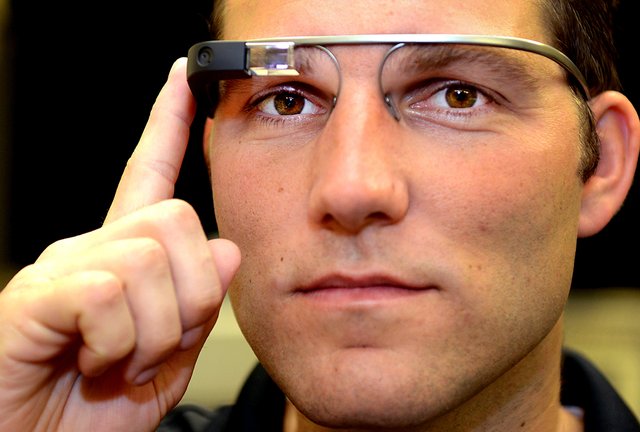Virtual Reality Comes to Medicine
With the renewed interest in virtual reality in the recent years, there has been many advances in the technology. There has been much discussion on how to apply this advancing tech to the field of medicine. But by all means, the practice of medicine is not “virtual”. So logically the best use of virtual reality would be in the classroom. The medical school at Case Western Reserve University (CWRU) takes this philosophy. [1]

When I visited the campus in November, they were nearing the completion of their new medical education building that will be ready for use starting in late 2018/early 2019. Part of this building will have new anatomy facilities with a completely revamped anatomy curriculum that incorporates augmented reality through the use of Microsoft HoloLens.
A traditional anatomy curriculum for medical students would include a long and comprehensive approach with dissections performed on a cadaver for every organ system lasting almost the entire length of the first two didactic years of study. The new curriculum offered at CWRU boldly removes much of the work with a cadaver having only a two week dissection boot camp and the rest of the anatomy studies done with the Microsoft HoloLens. The students who test trialed the HoloLens have reported that they could get through the anatomy curriculum in only a fraction of the time it would take in the laboratory. Check out this video of the HoloLens in action.
There are many advantages to the augmented (or “mixed”) reality system compared to a cadaver. The most obvious one is a cadaver is not living. Using the HoloLens, a student can observe the anatomy isolated but also in its functional form. For example, they can observe the contractions of the atria and ventricles when the heart beats and witness the resultant blood flow, functional qualities a cadaver does not possess. Microsoft is also working with the renowned Cleveland Clinic to improve the technology and make it integrable not only in education but also in medical practice. Here is another video demonstrating the technology.
Other universities have taken a similar initiative. The school of medicine at University of California, Irvine (UCI) has the philosophy of integrating new technologies into medical practice as well as into education through their iMedEd initiative. Back in 2014, they started investigating ways to incorporate Google Glass into a physician’s toolkit as well as in education. [2] However, since then reporting of this integration has slowed. The most recent study I found was in the last 1-2 years of an article published in the journal of Surgical Neurology International that researchers from UCI investigated the use of Google Glass in neurosurgery (Sahyouni et al. SNI, 2017). They found that it improved the residents’ educational experience, though they felt that the technology does not have enough functionality and felt it to be a limitation. If the technology advances enough to not be a hindrance, it would be interesting to see cyborg physicians wearing a computer for work.
Image of someone using Google Glass obtained from here.
The HoloLens has also appeared in the media having been used in the new television show "The Good Doctor" where the main protagonist and the attending surgeon practiced open heart surgery via simulation using the augmented reality. You can watch that clip below.
It is known that new technology improves the diagnosis and treatment options available to patients. The interactive HoloLens platform could revolutionize the anatomy curriculum and expedite the learning of medical students. The incoming class at CWRU will be the guinea pigs in testing the feasibility of the new curriculum, but I am sure they will enjoy using this new augmented reality technology!
What do you think about the use of virtual/augmented reality in the classroom? Could you think of other uses of virtual reality in medicine or in education? Let me know in the comments below!
All sources are given or linked within text.

Hello, I am new to this community, I will be following your publications, I invite you to go through my account.
I wish I would have this virtual learning in my nursing classes
Congratulations @thismudphud! You received a personal award!
Click here to view your Board
Do not miss the last post from @steemitboard:
Vote for @Steemitboard as a witness and get one more award and increased upvotes!
Congratulations @thismudphud! You received a personal award!
You can view your badges on your Steem Board and compare to others on the Steem Ranking
Do not miss the last post from @steemitboard:
Vote for @Steemitboard as a witness to get one more award and increased upvotes!